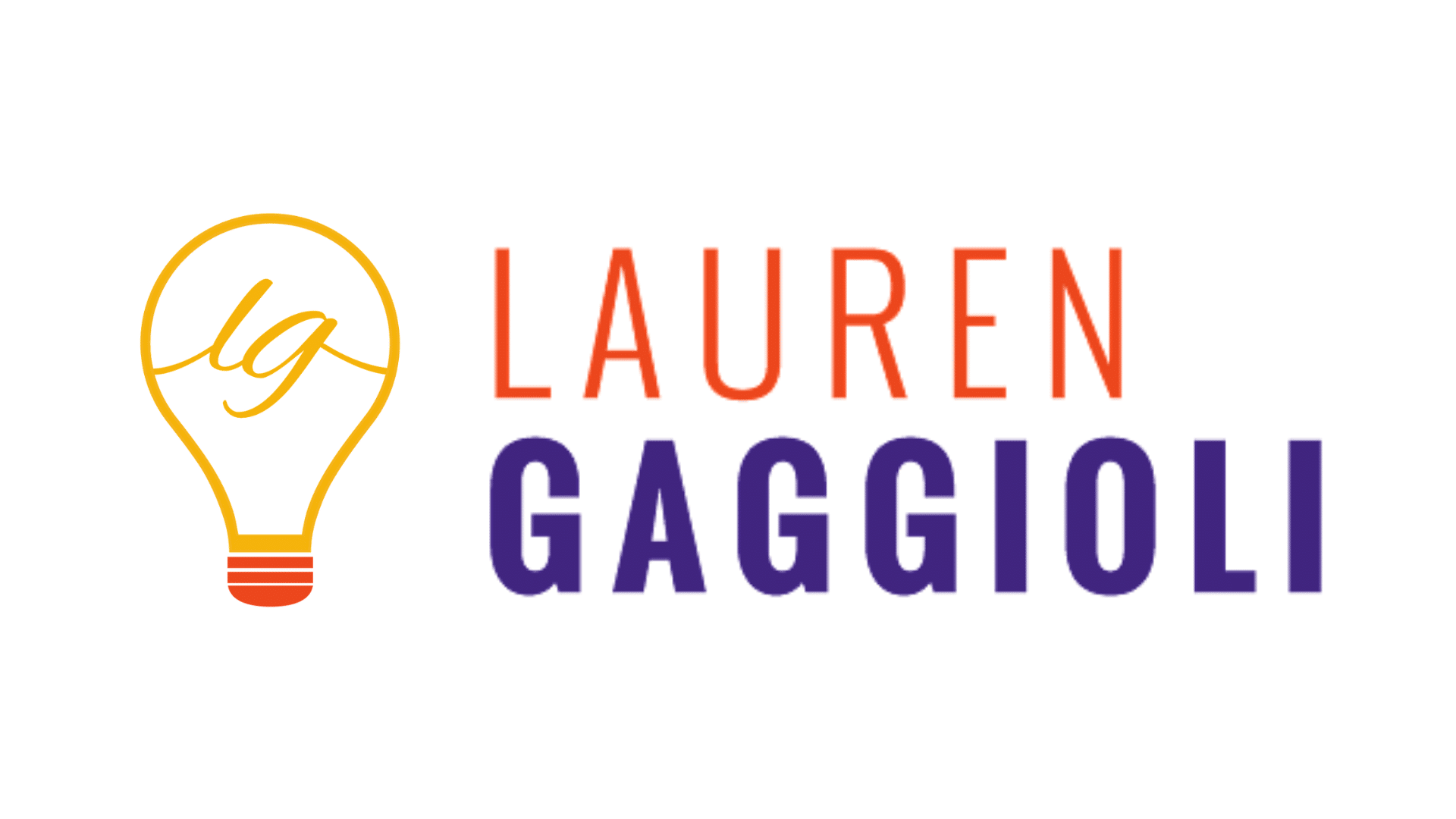When it comes to UX and SEO, there's a lot that folks who specialize in either side of that content equation get wrong or ignore entirely.
Add into the mix copywriters who are tasked with creating compelling SEO copy that converts and you have a trifecta of folks who often have competing agendas (creativity! traffic! conversion!) and the powerful potential of them all is minimized rather than amplified as they vie for dominance.
However, as a digital entrepreneur who often works solo, I've had to wear all 3 hats at the same time and manage those competing agendas for my own business.
I was basically Fluffy the Three Headed Dog without a flute in sight.

After snarling myself into knots over how to fit these pieces together into a cohesive whole, my SEO training kicked in to light the path ahead with an often overlooked SEO concept that has the power to simplify the way we view content creation.
Lumos solem!
So let's start with the end goal and work backwards to the UX + SEO solution.
Connection = Conversion
In the same way that hearing isn't the same as listening, traffic isn't the same as connection.
And this is where most SEO consultants get it wrong.
SEO shouldn't be about how many eyeballs gloss over your website.
SEO should be about how many strangers on the internet you have the privilege of helping and, then, whether those folks decide to stay in connection with you.
The incredible thing is that if you can really empathize with the folks behind the queries you're targeting, you're going to find that it's 100% clear which offers to make, when and how to make them, and - thus, you pave the way in a totally permission-based marketing approved method to converting folks to email subscribers and clients.
What I came to find is that when you can balance the scales of user experience and SEO, conversion events kind of take care of themselves.
But, in order for that to work, you have to start by focusing on search intent.
How Search Intent Informs UX-Driven SEO
Organic traffic gets people to your digital doorstep.
But whether or not they cross the threshold and become an email subscriber or client comes down to a core SEO concept called keyword intent.
There are 4 kinds of keyword intent, but the two types we entrepreneurs ought to be most focused on are informational (ex: what is organic marketing?) and transactional (ex: organic marketing course).
- Informational queries should lead to quality articles that genuinely help the searcher gain understanding about the concept at hand and end with a related free opt-in offer.
- Transactional queries should lead to sales pages that are robust, transparent, and provide clear paths to purchase.
But far too often I see folks addressing informational queries like Is SEO Important for Small Businesses and then trying to make a sale from that post.
Consider how hard it is to make that pivot to selling as your singular call-to-action within an informational article. That person just wanted to learn a little something new.
Trying to sell them a product is like answering the door naked on a first date and expecting a willing participant to be standing on your doorstep, rather than the shocked stranger who's just scarpered off.
This sort of behavior might be sexy a few months into a relationship, but it's probably not how you want to kick it off.
But if you meet someone who has just searched an informational query with quality information and then offer to provide something of actual value (in my case, my free 3-part DIY Website Audit mini course) in exchange for an email address, that's compelling.
Valuable opt-ins freely offered on the heels of an informational article is the "Can I buy you a cup of coffee?" of the organic search game. ☕
It says, "Hey, I know we just met because you asked a question I know how to answer so Google introduced us. If that's all you were interested in, that's totally fine. But if you want to hang out a little more, I would love to get to know you better."
Charming and breezy.
But - here's the thing - the inverse of this principle holds true too.
If someone is seeking out a paid product or service that they literally just asked for in search, they probably already have their credit card in hand.
They're ready to commit! Don't make them work to see what's included (both the tangible benefits and the literal nuts and bolts of how it all works), how much it will cost them, and what your return policy is.
Be clear about your offer and then ask for the sale.
After all, that's why Google sent them to your sales page.
Transactional posts are the Tindr of organic search. 🔥 The searchers kind of want you to answer the door naked.
If you want an example of this, you can see one on my sales page for the Organic Marketing Ecosystem course.
I promise I'm not literally naked there, but I am transparently disclosing a whole lot.
Notice all that I've included there...
- Videos (If my voice hurts your ears, better to know now!),
- Clearly stated benefits (I got 16,000 new users to my website without an ad spend for 2+ years as a solopreneur up against huge corporations in a crowded niche...and you can too!),
- Pricing proudly displayed ($650 one-time payment with payment plans available)
- FAQs (14 day satisfaction guarantee, how long each module takes to complete (1 hour), etc.),
- Bonuses (2 months of the accountability group included - a $194 value)
- Straight-forward calls to action throughout (This is a sales page, so buy now buttons are present and accounted for.)
I've taken every possible roadblock a prospective buyer might have and tipped it over to turn it into a stepping stone to the next question or objection.
It's 100% transparent.
This doesn't mean that everyone will buy, but it does mean that everyone can make an informed decision about whether or not this course meets their needs.
If and when the spirit moves them, they are empowered to take informed action. This means fewer qualified leads bail due to unanswered questions or incomplete information, which ultimately increases overall conversion.
Naked selling for the win!
How Does UX Affect SEO?
When you focus on user experience as indicated by empathetically considering the search intent of your keywords as well as the questions and concerns that person who typed in the query is wrestling with, you're presented with an opportunity to make deeper connections with folks.
And, as we know, the behavior metrics of those who land on our site are tracked by Google.
If you can write compelling copy that meets the searcher warmly and kindly and then offers up all the information relevant to that query, you have a wonderful opportunity to engage them well and improve on-page time.
And there's an opportunity to provide the next right step that will allow you to stay connected with that person.
Whether they sign up for emails or purchase something, flow them through to a thank page upon conversion and you add a 2nd page to their 1st visit.
In the welcome email, send them a link back to the site to relevant information that serves them even more fully and you now have a 2nd visit in a matter of moments.
TL;DR: Make The Ideal Offer Based On What Your Prospect Searched For
Feeling like all the content that you're creating is depleting your energy, not growing your email list, or helping you make sales?
You may simply be making the right offers to the right people at the wrong time.
If you want to trigger a conversion event, you need to meet search intent.
- Informational Queries > Articles > Free Opt-In Offers
- Transactional Queries > Sales Pages > Buy Now Buttons
Or, if you prefer to think of it in terms of dating, informational queries like a bit of romance and transactional queries are hot to trot.
Regardless of the query your ideal prospect types into Google, always bear in mind that genuine connection is about really hearing what someone else needs.
Letting keyword intent determine the way you craft content allows both SEO and user experience to shine in equal measure.
But, even more importantly, if you meet keyword intent well, for the right fit prospect, it just might be the start of a beautiful business relationship.
Ready To Marry UX + SEO In Your Content Strategy?
You're here for information, right? So you know I have a free offer for you.
My free DIY Website Audit is a simple way to benchmark your website and begin to think about your content through the dual lenses of user experience and SEO.
If you want to learn more about how you can craft UX and SEO to shine, this is your next right step.
You can sign up for the free 3-part mini course at the bottom of my UX + SEO Website Audit Services page or by simply dropping your name and email address below.
Wishing you all the best...whether you swipe right or not 😉.
